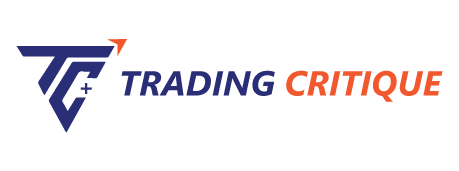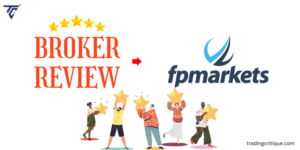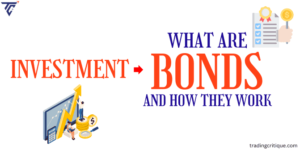|
|
Costs, in the context of Cost Accounting, refer to the expenses incurred in the production process. They can be categorized into various types, including Direct costs, Indirect costs, Fixed costs, Variable costs, and Overhead costs. |
|
|
Costing is the process of determining the cost of producing a specific product or providing a particular service. It involves the analysis of various cost elements, including direct materials, direct labor, and manufacturing overhead. |
|
|
The level of output at the company affects variable costs. For instance, additional costs would result from acquiring more flowers from the neighborhood nursery or garden center if a florist store increased its inventory of floral arrangements for Valentine's Day. |
|
|
Fixed costs are expenses that remain constant regardless of the level of production, such as building mortgage or lease payments and depreciation of equipment. The volume of manufacturing has no bearing on these Costs. |
|
|
Operating Costs encompass the day-to-day expenses of running a business, which can be either fixed or variable depending on the specific circumstances. |
|
|
A product's production has direct costs attached to it. In the case of a coffee roaster, the labor hours of the roaster and the price of the coffee beans are included in the Direct costs of the finished product. |
|
|
A given product cannot be solely responsible for indirect expenses. Using the coffee roaster as an example, the energy needed to heat the roaster would be seen as an indirect cost because it is difficult to allocate it accurately to certain items. |
|
|
Cost accounting is the application of expense and Cost Accounting theories to enhance business control and determine profitability. It involves presenting data for managerial decision-making purposes. |
|
|
Management Accounting utilizes accounting and financial management principles to create, protect, maintain, and enhance value for stakeholders in both for-profit and nonprofit organizations across the public and private sectors. |
|
|
Cost management involves the application of management accounting principles, data collection tools, data analysis, and data presentation to provide the necessary information for planning, managing, and controlling expenses. |
|
|
The change in total cost resulting from increasing or decreasing output by one unit. |
|
|
The difference in total cost between selecting one alternative over another. |
|
|
The value of a benefit sacrificed when choosing an alternative course of action. |
|
|
Costs that are significant and considered in various management decisions. |
|
|
The cost of replacing existing materials or fixed assets at their current or future price. |
|
|
Costs incurred if operations are halted, which would not occur if operations continue. |
|
|
The expenses incurred for providing production, administration, selling, and distribution capabilities. These Costs are usually fixed. |
|
|
Unrecoverable expenses that have already been incurred. |




 Type of Cost
Type of Cost Definition
Definition Aspect
Aspect Cost Accounting
Cost Accounting Financial Accounting
Financial Accounting Pros
Pros  Cons
Cons 






